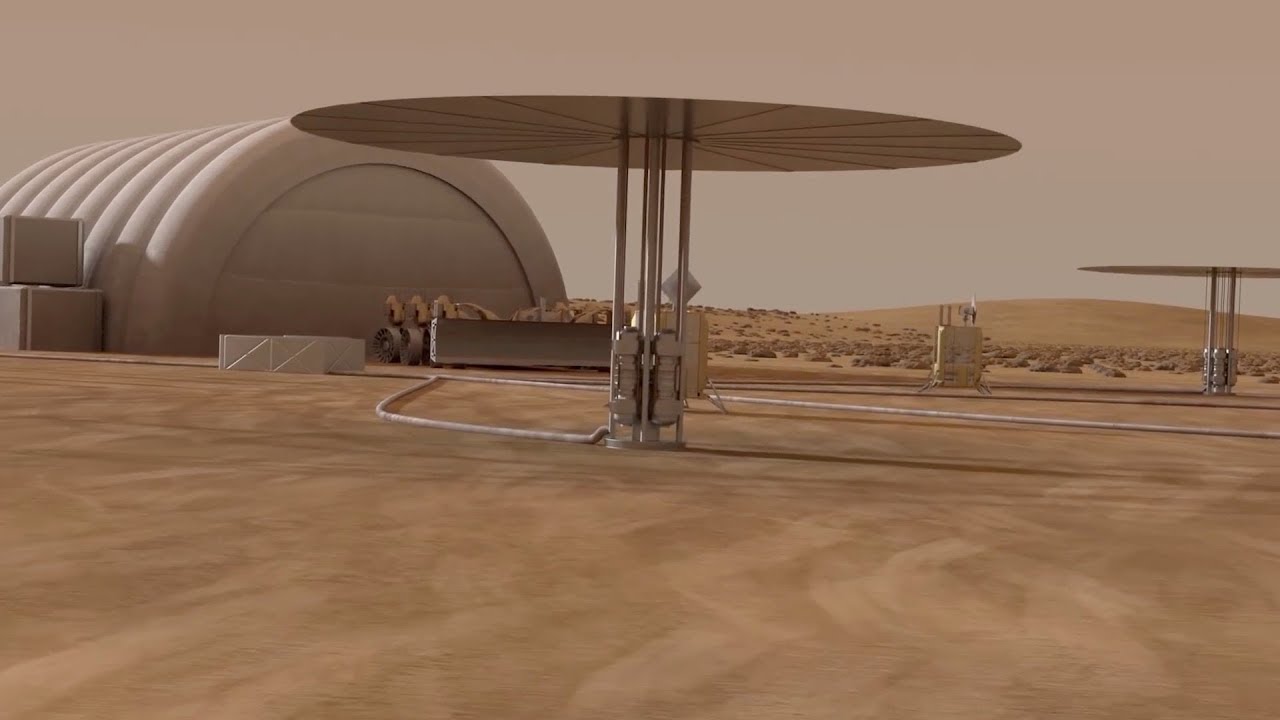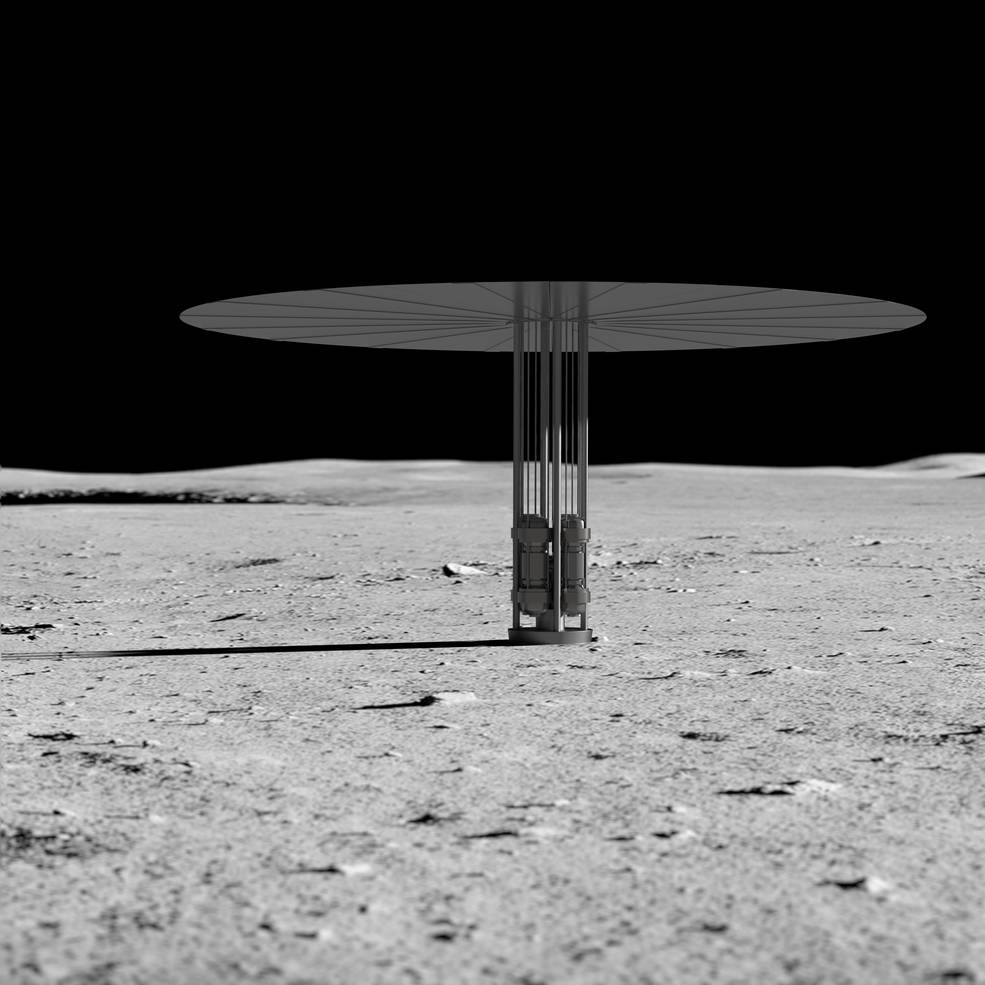
One of these days on Geektimes there
was an article about the space reactor Kilopower, developed by NASA. The reactor converts heat into electricity, it can be used both on other planets and in outer space. The agency has been working on its project for a long time and now it has already entered the final stage. All sorts of checks and tests were carried out, after which no one has any doubt that the reactor should be.
The event is meaningful without any “but”. Over the previous 40 years, none of the civil space reactor projects (there were a lot of them) were ever launched in operation. Nevertheless, the project participants still have a lot of work ahead. There are problems, most of which seem to be solved. But one of the problems is not particularly voiced. Namely - what to do with radioactive waste generated during the operation of the reactor?
They are few, of course, they are not waste from an average nuclear power plant, but they are there, and if there are several reactors, then the radioactive “garbage” will have to be disposed of somehow. The reactor itself does not exceed the size of a refrigerator; it can serve as a replacement for an RTG or work as a source of energy for the needs of the colony — the lunar, Martian, or some other.
The reactor is able to work for about 10 years, throughout this time generating energy. For the same Mars, this is an excellent solution, because solar cells do not work at night, and even the panels are gradually contaminated with the smallest dust, which leads to a decrease in the amount of energy produced.
And if there is energy, it can be used to obtain the necessary elements for astronauts, including hydrogen and oxygen. They can be mined by ordinary electrolysis from melted ice, which is quite a lot in high latitudes of Mars.
 An excellent illustration showing how a mini-nuclear power plant may look like on Mars. The only problem is that 4 reactors will produce 4 times more radioactive waste than one
An excellent illustration showing how a mini-nuclear power plant may look like on Mars. The only problem is that 4 reactors will produce 4 times more radioactive waste than oneUranium-235 placed in the core of the reactor will be used for power generation. The systems will most likely be located outside the settlements, so that if something goes wrong, the facilities and people will remain unharmed. On Earth, reactor waste is usually stored in specialized locations, “cemeteries” of fuel elements. These are bunkers with special storage conditions for radioactive materials for thousands and thousands of years.
But it is unlikely that a colony on the Moon or Mars will be able to create such repositories. And storing radioactive waste somewhere near the settlement is also not an option. Maybe they will be taken for tens of kilometers from the colony and stored in lava tubes (there are such on the Moon) or simply left on the surface. What is on the moon, that on Mars is very cold, so that at least with the cooling of the heating waste there will be no problems.
But all this is speculation. NASA does not yet have a clear plan for the disposal of radioactive waste, so we can only discuss this topic. Perhaps the agency is not engaged in this because the reactor itself is not used anywhere else. Proven only his performance - and only. But when people go to the Moon and Mars, then it will be possible to raise this question again.

By the way, if you are thinking about sending waste to space, including the Sun, then for now this is not the best idea. In the 70s of the last century, NASA employees studied this topic and
came to the conclusion that at the moment it is impractical and simply dangerous. It takes a lot of time, money, effort of engineers and scientists to send waste into space. And in this way, there are too many moments when something can go wrong. Incorrect orbit - and the radioactive mass rushes to the Earth and enters the atmosphere, polluting everything below with radioactivity. And just a bunch of radioactive materials flying in outer space, the trajectory of which is not very predictable - it is still a pleasure.
Probably in the near future, NASA will still have to deal with this problem and its solution.

